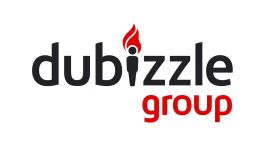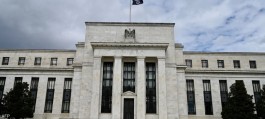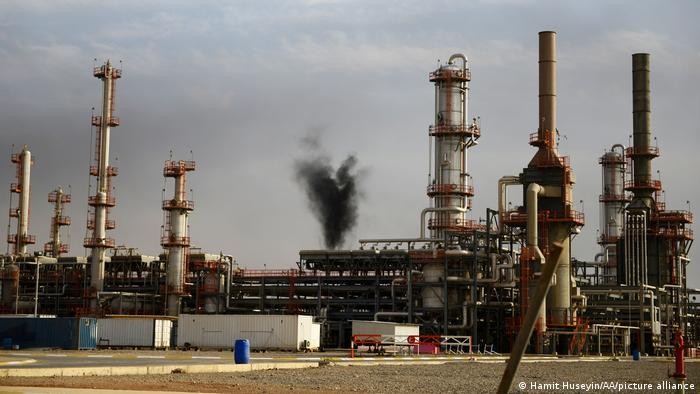Oil prices rose to a five-month high after OPEC+ confirmed it would maintain current supply cuts until the end of June.
Brent crude approached $90 a barrel after rising more than 2% in the previous two sessions, while West Texas Intermediate crude approached $86. The Organization of the Petroleum Exporting Countries and its allies recommended no changes to production policy at a meeting on Wednesday, which would help keep supplies in global markets tight for the next few months.
However, compliance with OPEC+ quota levels remains an issue, with Iraq pumping more oil than the agreed target in March, despite pledging to curb flows to compensate for overproduction, and Russian crude exports have also recently risen.
“Over the next two to three months, I expect to see a deeper decline in OPEC production,” Daniel Hynes, chief commodities strategist at ANZ Banking Group, told Bloomberg TV. “Members came out of the OPEC+ meeting talking about sticking to those quotas much more closely,” Hynes said, referring to the alliance’s previously agreed cuts.
Brent crude has risen about 16% this year on supply shortages, shipping disruptions and Ukrainian attacks on Russian refineries. There are also signs of a recovery in demand in Asia, supporting prices, while Federal Reserve Chairman Jerome Powell said on Wednesday that a U.S. interest rate cut remains possible this year, although the central bank is waiting for clearer signs of falling inflation.
U.S. crude oil inventories rose by 3.21 million barrels last week, compared with expectations from an industry group for a decline. Gasoline stocks, however, fell by the most since March, sending U.S. futures and motor fuel prices higher.



































